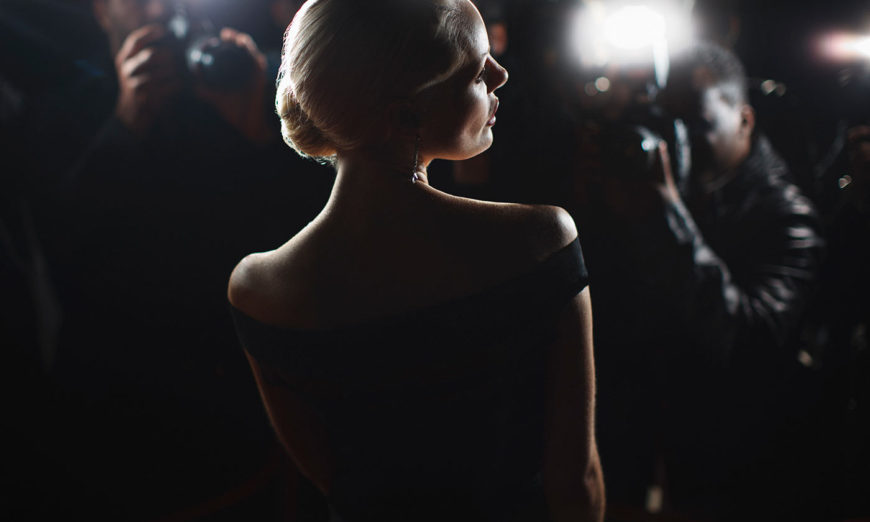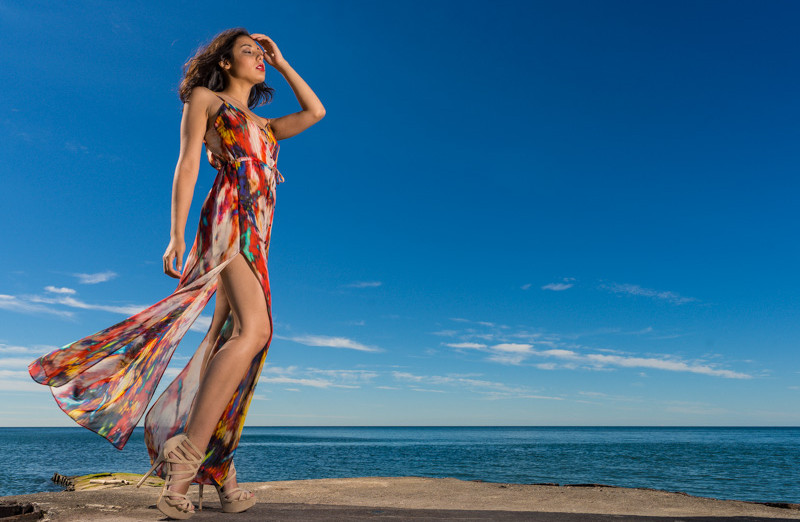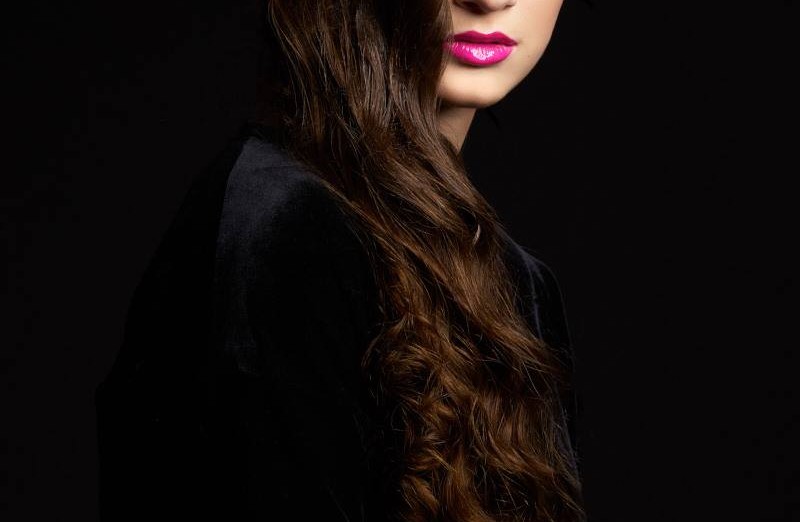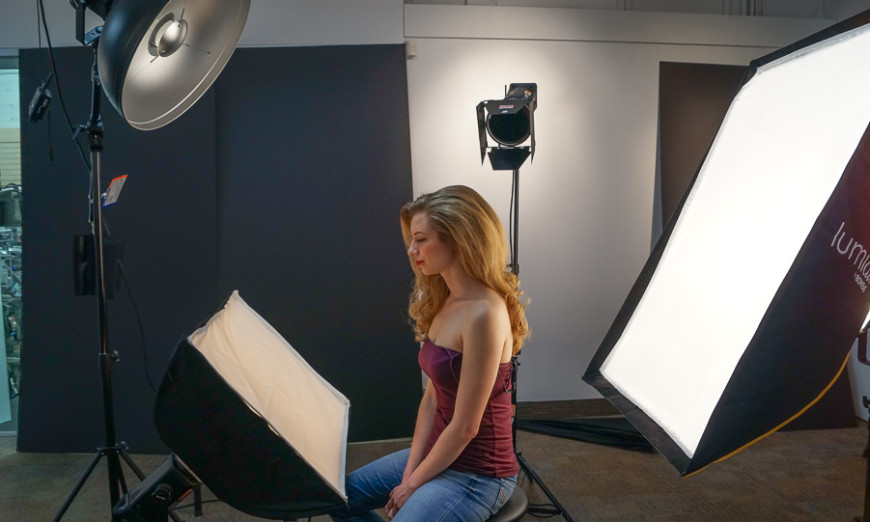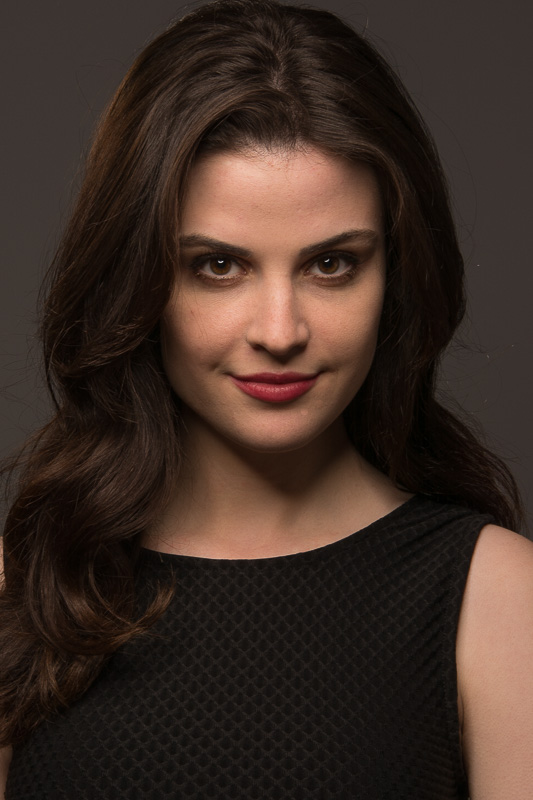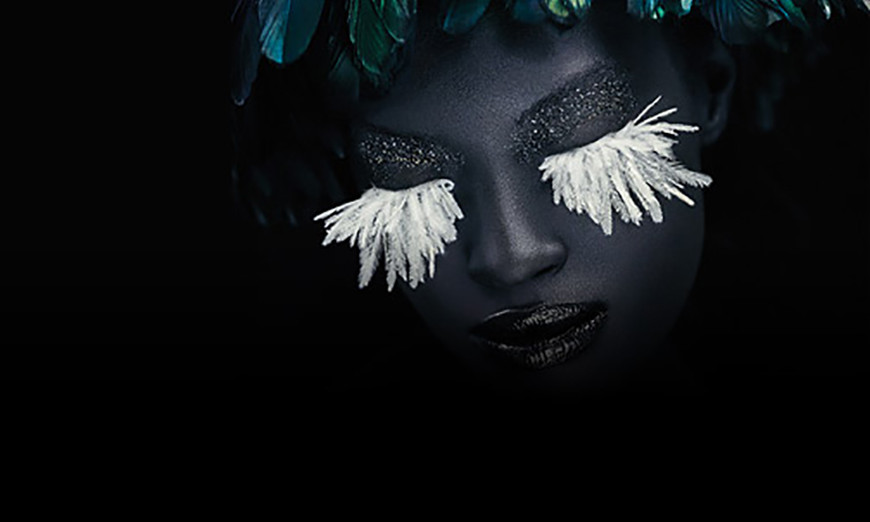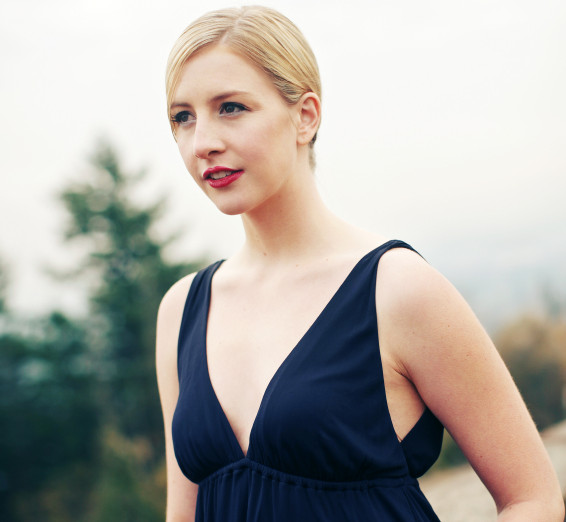The world of close up photography is something that I had always wanted to explore. The semi surreal kind of shots that you can get with a macro lens or by adding extension tubes can be quite beautiful. As with anything else you photograph, light is an important element to consider. If your ambition is to create clean and well lit product photos (perhaps for selling products on a website) you don’t necessarily need to invest in a strobe system for this purpose. To understand how you can achieve great results with a very simple setup, we need to remind ourselves of a simple concept in lighting that is relevant. The concept is the difference between hard and soft light.
Lighting
Improving Your Hotshoe Flash Images
BY Ross Chevalier September 14, 2018 Gear, Learning, Lighting
A hotshoe mount flash is like a portable sun in your pocket, you have the ability to maximize image quality whenever you need to do so.
Here Comes the Sun | Taking Your Strobes Outdoors
BY Jim Ogilvie March 18, 2015 Lighting
If you’ve been following this blog then you know that my favourite lighting tools are studio strobes for most everything I like to photograph. The control of light, the power, the recycle time and great selection of lighting modifiers are all great reasons to love these lights. The term ‘studio strobes’ comes from the typical type of use these lights see – specifically, indoor use. But as we gaze with hope at our calendars, we begin to dream once again about glorious spring and summer weather. Our opportunity to get outdoors once again is almost here.
Parabolics – Seriously Great Light
BY Jim Ogilvie February 18, 2015 Learning, Lighting
In studio lighting, parabolic reflectors are well known and have been around for many years. If you’ve ever seen a professional studio setup and noticed what looks like a ridiculously huge umbrella-like modifier on set, chances are you’ve seen a parabolic reflector. While traditionally in the domain of the pro studio photographer, manufacturers are creating very exciting alternatives for deep parabolics that make them imminently more accessible (i.e. affordable) for anyone who would like to own one.
Continuous Light: It’s Come a Long Way
BY Jim Ogilvie November 26, 2014 Lighting
* PLEASE NOTE: Some of the images contained in this blog were taken during Jen Rozenbaum‘s Boudoir workshop in Toronto and may contain material some might consider unsuitable for certain work environments *
When I first began shooting in a studio setting about ten years ago, I started with what are commonly called ‘hot’ lights. Units like the Tota, Rifa and Redhead were all part of my kit. These lights were called ‘hot’ lights because they drew huge amounts of power to drive 500 watt (or higher) tungsten light tubes and generated tremendous heat. You couldn’t plug these into a simple electrical outlet, you needed to find something with increased amperage tolerance so as not to blow a fuse or trip a circuit breaker. Fast forward to present day and you’ll find that continuous light sources have really evolved.
Studio Tricks for Great Light with Ease
BY Jim Ogilvie October 14, 2014 Learning, Lighting
When planning a studio portrait session for a friend or client, we often can get bogged down with concerns of the specific gear we will need to create a look we’re trying to achieve. We may find that we don’t have the gear on hand to produce that ‘big soft light’ or perhaps we feel compelled to make things somewhat more difficult than they need to be.
Lighting Modifiers: The Beauty Dish
BY Jim Ogilvie August 26, 2014 Learning, Lighting
Portrait lighting is so much more than getting the light ‘correct’. It’s about creating a particular look through the lighting modifiers used. Some modifiers are designed to produce a very soft, shadow-filling type of look. Others produce a much harder light that accentuates texture and create a sense of drama.
From Aperture to Lightroom – Vital Things to Know Before Making the Switch
BY Jim Ogilvie July 31, 2014 Learning, Lighting
Aperture is a professional photo management and editing system from Apple, and has become popular with many photographers over the years. Recently Apple has indicated that no further development of this software will occur. While there is the possibility of medium term support of the software (such as OS compatibility), we should not expect the software to grow beyond it’s current form.
Core Lighting Rules for Controlling the Results
BY Jim Ogilvie July 17, 2014 Learning, Lighting
When creating portraits, or any other kind of lighted work for that matter, your approach to lighting your subject can have a significant effect on the overall mood of the finished shot. Your subjects can be very softly lit for a flattering, very low contrast result. Or you can go for something with more drama and contrast to evoke a mode in line with that aesthetic.
The Case for Studio ‘Strobe’ Lighting Systems
BY Jim Ogilvie April 30, 2014 Learning, Lighting
Welcome to the inaugural entry of the ‘On the Road to Great Light’ blog. This blog will serve as a platform to share ideas, tips, tricks and techniques for lighting your subjects. I hope you will find it informative and entertaining – and most of all, inspire you to create your own photographic works of art.
- « Previous
- 1
- 2

